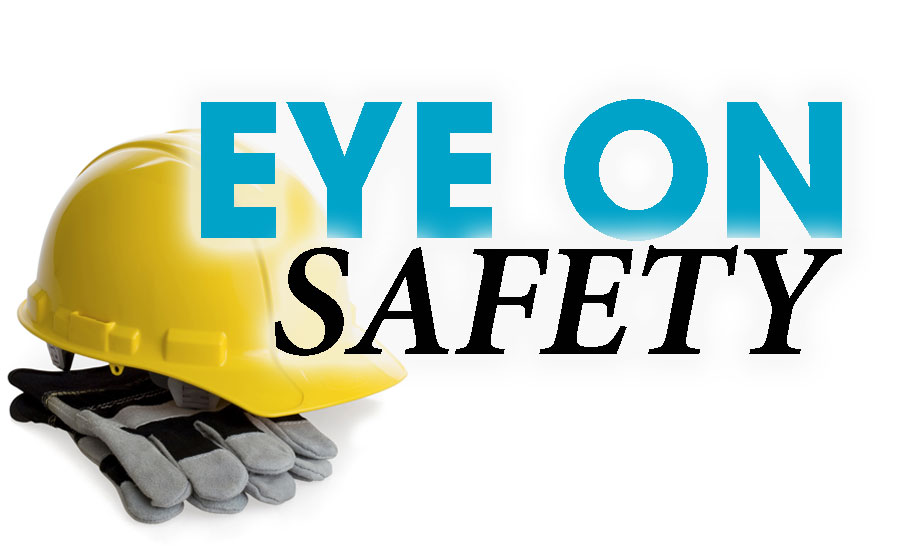Eye on Safety: The debate about dashboard cams
Dash cams can positively impact a fleet’s profitability and security.

As a kid, I can remember looking forward to one of my favorite television shows, “Candid Camera.”
I also remember the reactions of folks when, at the end of the gag, and after mortifying the unsuspecting individual, host Allen Funt would yell out, “Smile, you’re on ‘Candid Camera.” The talking mailbox got me every time.
Now, fast forward 40-plus years and cameras are everywhere. In fact, in the United States, the average person can expect to be captured on camera an average of 75 times a day. Cameras and the technology that accompanies them have certainly come a long way in that time. So smile, cameras have woven their way into almost every aspect of our life.
Cameras, especially over the past decade, have solidified their role in business as well. Employees often perform better and morale is higher when they feel safe, and cameras can certainly help achieve that sense of security. In addition, cameras help discourage theft and protect companies from fraudulent behavior. The right camera, in the right place at the right time, may benefit a company’s bottom line and add a layer of protection to benefit it. But in our quest to maximize security, are we encroaching into our employee’s personal space? Some would argue that an employer has every right (as long as it’s legal) to place camera technology in every viewpoint of the business.
One of those viewpoints where camera technology is starting to surface is within the cabs of our delivery vehicles. The level of in-cab technology currently being included as standard equipment with the new generation of commercial vehicles is astounding. I believe all drivers, commercial and noncommercial, have benefited from time to time from the good-old backup camera. However, as in-cab technology has evolved, we now have cameras that face forward toward the oncoming road, rear-facing cameras that face the driver (some of those cameras even monitor the driver’s eyelid movements, scanning for drowsiness). I have even seen technology that projects the footage from the road-facing cameras onto the rear trailer doors to become a screen that projects an image so motorists behind the truck can see what’s ahead, allowing them to more safely pass.
These all seem like good things and they are moving businesses forward. What’s not to like, right? Not so fast with all of this in-cab technology, because we could be introducing the Big-Brother effect with some drivers. Your drivers have likely already had the discussion about on-board cameras, and more importantly, how they feel about them. The drivers I have spoken with understand the whys, however they understandably feel uneasy. It comes with a feeling of being “watched.” At a time in which every move they make and every turn they take can be reviewed and scrutinized, who wants to second-guess themselves before they blow their nose?
As much as these cameras can capture all the “right” things a driver is doing, which along with accompanying telematics data could be incredibly helpful for your business, it can also record behavior that can be used against your business during an accident investigation. And while there is no doubt dash cams can positively impact profitability and security of an organization’s fleet, it may come at the expense of a driver’s relationship with his or her employer.
As companies look at ways to reduce expenses and monitor safe-driving practices, are we still paying out the back end? Is that expense still coming out somewhere else due to a lack of employee engagement, lower retention rates, larger lawsuits, reduced productivity and lower morale from your driver fleet because of the appearance of Big Brother?
One way to avoid that uneasy feeling within your driver team would be to commit to them that the same data would also be used to promote positive recognition in real time and to reward drivers for the outstanding work they do.
So, the next time you are out and about, remember to smile because you’re on “Candid Camera.”
Looking for a reprint of this article?
From high-res PDFs to custom plaques, order your copy today!









